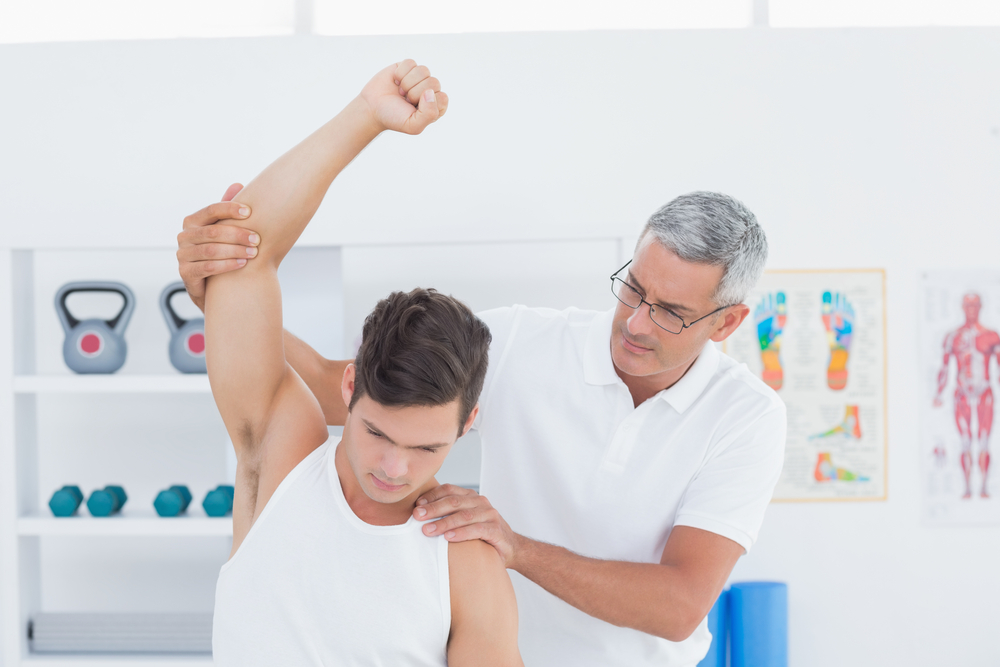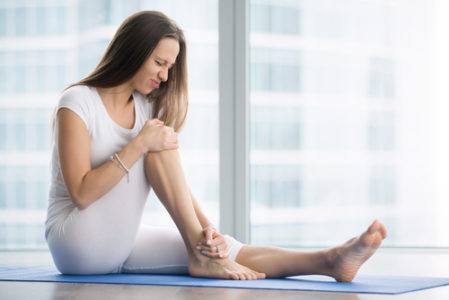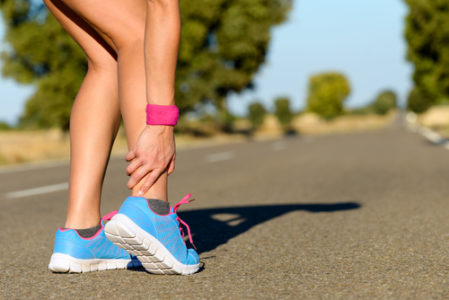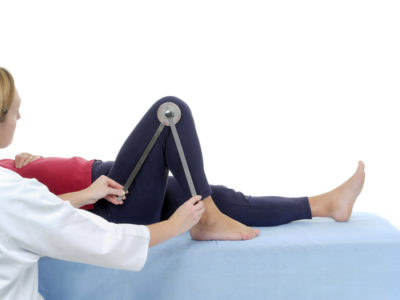
After suffering from an orthopedic injury, you’ll likely be in some pain. However, a lack of joint mobility is the true indicator of an injury’s severity. Without the normal range of motion, the affected joint is still injured. Consequently, all sports medicine treatments are oriented toward restoring the full range of motion.
What is Range of Motion?
The joint’s range of motion is the distance that the joint can extend. Without any injury, the joint should fully extend to its normal length. However, during times of injury, joints are generally limited to a smaller range of motion.
The range of motion applies to both the joint’s movement and the direction in which it can move. At first, a decreased range of motion may appear to be standard soreness, but with time, could grow worse. A Long Island sports medicine specialist can help you to gauge this pain.

Range of Motion: Flexion Vs Extension
One way that sports medicine specialists categorize the range of motion is by distinguishing between flexion and extension movements.
Extension
With an injured knee, standing up may be a challenge. However, moving the knee to manipulate the legs into a fully upright position would be an extension. In other words, extension causes the body part to straighten.
Flexion
Conversely, flexion movements decrease the angle. For the knee, sitting down would be a flexion movement. Clenching the fist would also be a flexion movement. Our specialists will closely examine both of these angles to determine the optimal treatment.
Common Range of Motion Injury
One of the most common student athlete injuries, ankle dislocations are a prominent and restrictive injury. As the result of extreme force, dislocated ankles leave the joint displaced.
After suffering from a dislocated ankle, many patients will have a significantly shorter range of motion. Previously, the ankle may have been capable of 50 degrees of downward movement, and 20 degrees upward. Depending on the specifics of the injury, one or both of these ranges may be shortened. An orthopedic expert can help to assess your injury.
To fully restore this range of motion, sports medicine professionals must prescribe highly specific guided exercises. Generally, though, these range of motion exercises may not begin for some time.

How to Test Range of Motion
Following the injury, your first recourse should be to make an appointment with a qualified specialist. During this appointment, the specialist will assess your body’s range of motion by moving the affected body parts. Using a goniometer, which measures the angle of movement, the orthopedist will evaluate and track changes. They do this simply by holding the goniometer against the body part as it is moved, and adjusting the measuring end.
By paying close attention to the range of motion throughout recovery, the orthopedist can determine recovery. Throughout the process, they’ll also be able to determine future treatments, exercises and further plans. If standard exercises do not restore the range of motion, then joint replacement surgery may be the best alternative.

Active Vs. Passive Range of Motion
While the underlying principle of these two terms are the same, there are key differences.
Active Range of Motion
Active range of motion refers to the distance that one can autonomously move a joint. This means that, after a knee injury, the active range of motion will be the distance that the knee can be maneuvered. With an affected range of motion, your ability to bend the knee may be compromised.
Passive Range of Motion
Unlike the active range of motion, passive range of motion refers to the distance that somebody else can move your body. For example, when a Long Island sports medicine expert is physically testing the body’s range of motion, he or she will move the body part.
Based on natural resistance built up in the body (due to lack of range of motion), this may be different than the active range of motion. This will also become a larger factor for patients who are in a wheelchair. Our experts at Central Orthopedic Group use the passive range of motion to gauge the extent of the injury.
6 Range of Motion Exercises
To restore the optimal range of motion, practicing specific exercises is key. Depending on the injury and affected body parts, the particular exercise can vary. These are some of the most effective range of motion exercises for various body parts.
- Neck: Slowly and carefully rotate your head, attempting to touch your chin to your chest, and then all of the way back.
- Shoulder: Move your arms up and down, to both sides, and shrug and lower your shoulders.
- Arm: With your arm flat, gently point your hand up, and then down, or rotate your wrist. Flipping your palm will also improve range of motion.
- Fingers: Stretch and contract the fingers, touch your thumb to each finger, and spread your fingers apart.
- Hips: Keeping your back flat, lie on the ground and bring your knee toward your chest. Or, raise your leg while keeping it straight.
- Ankle: With your toes on the floor, raise your heels as high as possible, or rotate your ankles.

Be sure to follow the guidance of an orthopedist, and not to practice any exercises they did not approve.
Why is Range of Motion Important?
Like other similar exercises, having the proper range of motion can carry numerous benefits. Aside from being able to properly move, these are some of the most important benefits:
- Blood Flow
- Muscle Strength
- Heightened Flexibility
- Decreased Pain
- Stronger Performance
- Reduced Stiffness
- Lower Potential for Injury
Long Island Sports Medicine
At Central Orthopedic Group, we’re committed to providing the highest level of care to our patients. By seeking to restore the full range of motion of each body part, we can improve patients’ overall quality of life.
As the COVID-19 crisis continues to unfold, be sure to take a look at recommended methods to maintaining a healthy and active lifestyle throughout quarantine. In addition, at Central Orthopedic Group we’re continuing to treat our patients via Telemedicine to ensure patient and employee safety.
For more information or to make an appointment with one of our specialists, contact us today!
